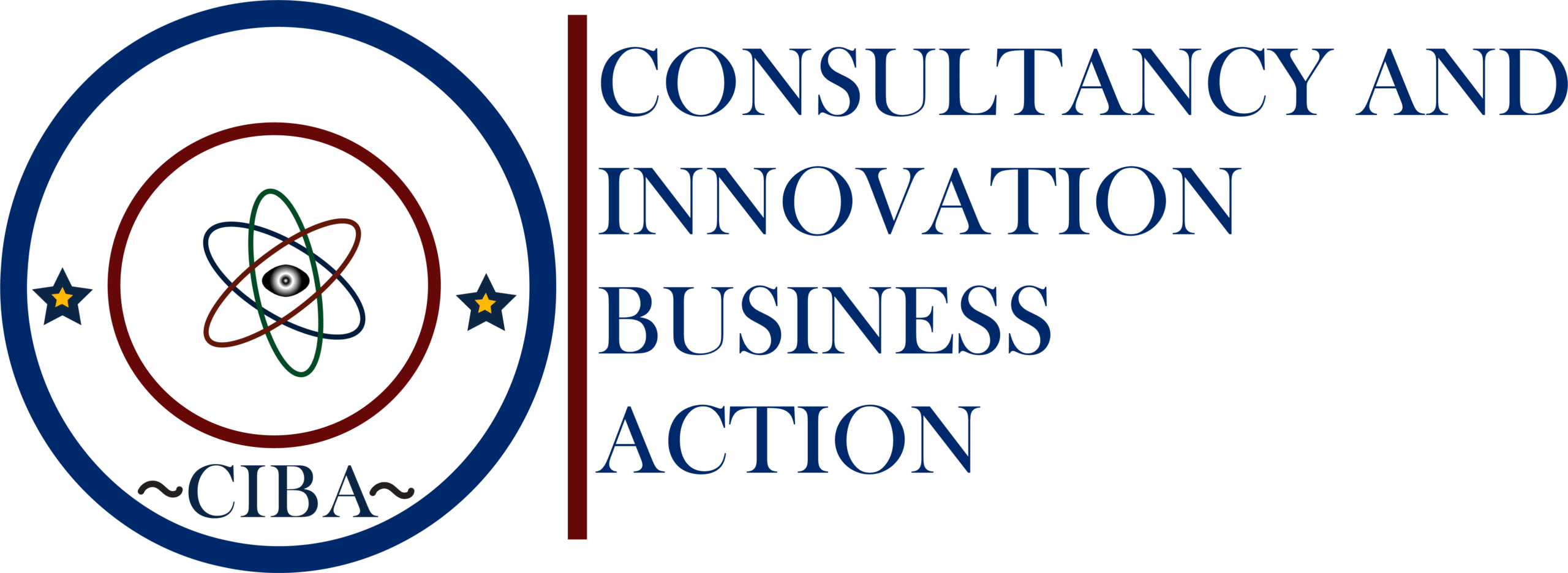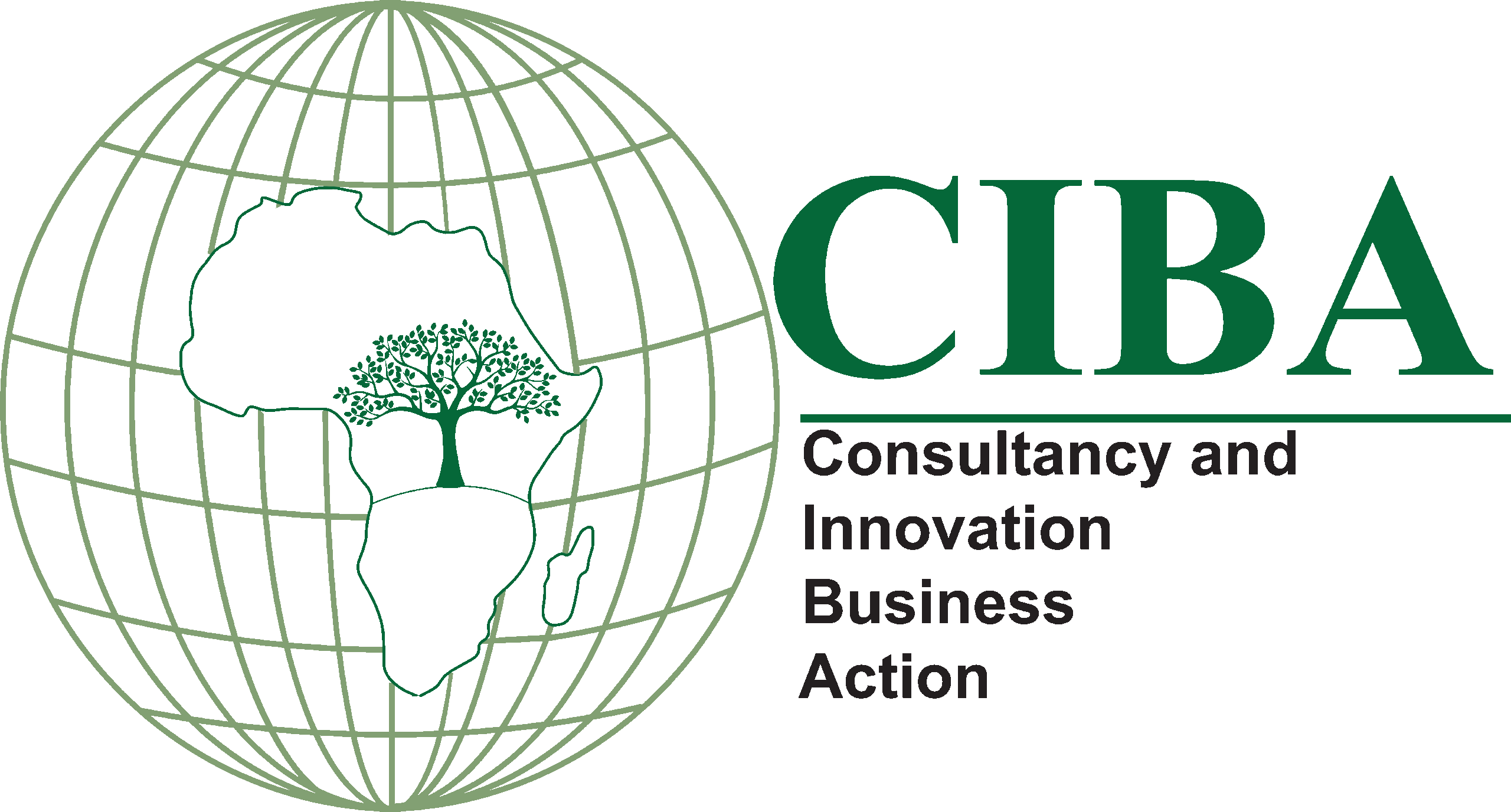Data analysis is the process of converting collected (raw) data into usable information. This is a critical step of the M&E planning process because it shapes the information that is reported and its potential use. It is really a continuous process throughout the project/programme cycle to make sense of gathered data to inform ongoing and future programming. Such analysis can occur when data is initially collected, and certainly when data is explained in data reporting: The following are steps that CIBA use:
Data preparation
Data should be prepared according to its intended use, usually informed by the logframe’s indicators. Typically, this involves cleaning, editing, coding and organizing “raw” quantitative and qualitative data, as well as cross-checking the data for accuracy and consistency.
Data analysis (findings and conclusions)
Data analysis can be descriptive or interpretive. Descriptive analysis involves describing key findings – conditions, states and circumstances uncovered from the data – while interpretive analysis helps to provide meaning, explanation or causal relationship from the findings. Descriptive analysis focuses on what happened, while interpretive analysis seeks to explain why it occurred – what might be the cause(s). Both are interrelated and useful in information reporting as descriptive analysis informs interpretive analysis.
Data validation
It is important at this point to determine if and how subsequent analysis will occur. This may be necessary to verify findings, especially with high-profile or controversial findings and conclusions. This may involve identifying additional primary and/or secondary sources to further triangulate analysis, or comparisons can be made with other related research studies. For instance, there may need to be some additional interviews or focus group discussions to further clarify (validate) a particular finding. Subsequent research can also be used in follow up to identified research topics emerging from analysis for project/programme extension, additional funding or to inform the larger development community.
Data presentation
Data presentation seeks to effectively present data so that it highlights key findings and conclusions.
Recommendations and action planning
Recommendations and action planning are where data is put to use as evidence or justification for proposed actions. It is closely interrelated with the utilization of reported information but it is presented here because the process of identifying recommendations usually coincides with analysing findings and conclusions.

